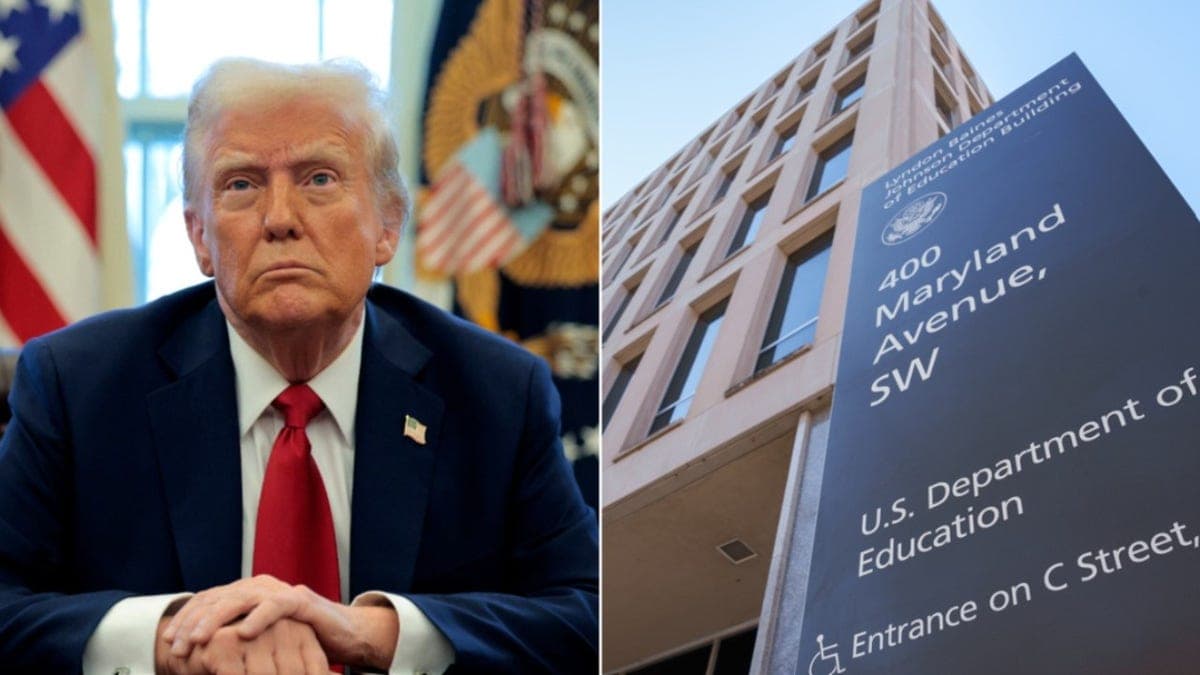Brussels Leads Europe with 52% Muslim Student Growth as Capitals Face Cultural Shift
In a significant demographic shift, Brussels has emerged as the European capital with the highest percentage of Muslim students, currently standing at 52%. This trend, which reflects broader cultural changes across the continent, highlights the growing presence of Muslim communities in educational institutions from 2000 to 2025. Amsterdam and Vienna follow closely behind with 43% and 41% respectively, showcasing a similar pattern of growth in cities historically known for their rich cultural diversity.
Background & Context
The increase in Muslim student populations in European capitals is not merely a statistic; it represents a shift in societal dynamics and educational landscapes. Historically, cities like London, Paris, and Berlin have been melting pots of cultures, but recent data indicates a notable rise in the Muslim demographic, particularly among students. The figures reveal that London has 37.5% Muslim students, Stockholm 35%, and Paris 29%, while Copenhagen, Berlin, and Madrid show lower, yet significant, percentages of 28%, 23%, and 14.5% respectively.
This demographic change can be attributed to several factors, including migration patterns, increased birth rates within Muslim communities, and the growing acceptance of multicultural education systems in Europe. As previously reported, the increasing visibility of these communities in various sectors, including education, is reshaping the cultural fabric of European cities.
Key Developments
Recent studies have highlighted the implications of this demographic shift for educational institutions. Schools and universities are adapting their curricula to better reflect the diversity of their student bodies, incorporating multicultural education that promotes inclusivity and understanding. In Brussels, educational policies are increasingly being tailored to address the needs of Muslim students, fostering an environment where cultural differences are celebrated rather than merely tolerated.
Moreover, the growth in Muslim students is prompting discussions around religious accommodations, such as prayer spaces and dietary considerations in schools. Educational leaders in cities with high percentages of Muslim students are recognizing the importance of creating supportive environments that respect students" cultural and religious practices. This evolution in educational policy is crucial for ensuring that all students feel valued and included in their learning environments.
Broader Impact
The rising numbers of Muslim students in European capitals have far-reaching implications beyond education. As these young individuals integrate into society, they bring with them diverse perspectives and experiences that enrich the social fabric of their communities. Experts suggest that fostering a multicultural environment in schools can lead to greater social cohesion and understanding, ultimately benefiting society as a whole.
However, this shift is not without its challenges. There are ongoing debates about integration versus multiculturalism, with some arguing that the increasing presence of Muslim students could lead to societal tensions if not handled delicately. Historical comparisons can be drawn to past waves of immigration in Europe, where communities faced similar hurdles in achieving harmonious coexistence. As cities navigate these complexities, the need for dialogue and collaboration among diverse groups becomes paramount.
What"s Next
Looking ahead, the trend of increasing Muslim student populations is expected to continue, prompting further policy developments and educational reforms across Europe. Educational institutions are likely to enhance their focus on diversity training for teachers and staff, ensuring that they are equipped to handle the nuanced needs of a multicultural student body.
As cities prepare for this ongoing transformation, community engagement will be essential. Local governments and educational bodies must work together to create frameworks that not only support Muslim students but also promote intercultural understanding among all students. The developments in Brussels, Amsterdam, and Vienna serve as a microcosm of a larger European narrative that is still unfolding, with implications that will resonate for generations to come. As previously reported in recent developments, the dynamics of multiculturalism are complex and require attention to foster a cohesive society.



![[Video] Melania Trump announces 'Fostering the Future' coalition for children](/_next/image?url=%2Fapi%2Fimage%2Fthumbnails%2Fthumbnail-1758651072588-1ocsgj-thumbnail.jpg&w=3840&q=75)




